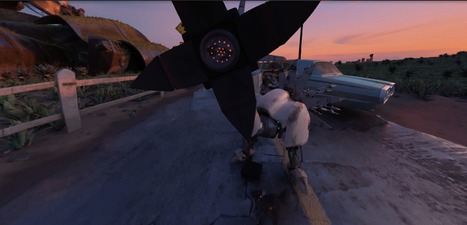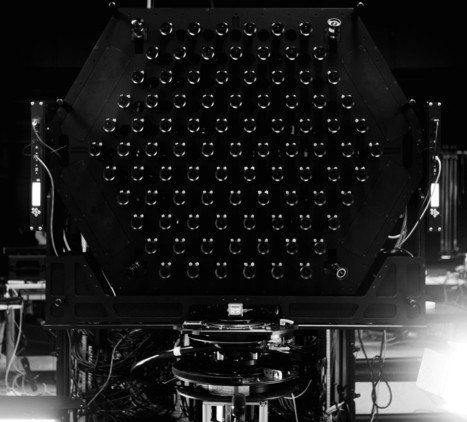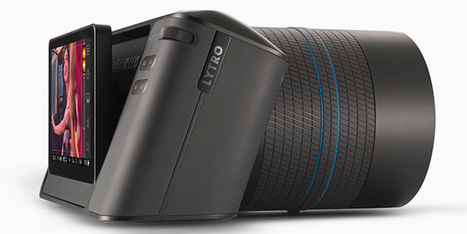Multiple sources tell us that Google is acquiring Lytro, the imaging startup that began as a ground-breaking camera company for consumers before pivoting to use its depth-data, light-field technology in VR.
Emails to several investors in Lytro have received either no response, or no comment. Multiple emails to Google and Lytro also have had no response.
But we have heard from several others connected either to the deal or the companies.
One source described the deal as an “asset sale” with Lytro going for no more than $40 million. Another source said the price was even lower: $25 million and that it was shopped around — to Facebook, according to one source; and possibly to Apple, according to another. A separate person told us that not all employees are coming over with the company’s technology: some have already received severance and parted ways with the company, and others have simply left.
Assets would presumably also include Lytro’s 59 patents related to light-field and other digital imaging technology.
The sale would be far from a big win for Lytro and its backers. The startup has raised just over $200 million in funding and was valued at around $360 million after its last round in 2017, according to data from PitchBook. Its long list of investors include Andreessen Horowitz, Foxconn, GSV, Greylock, NEA, Qualcomm Ventures and many more. Rick Osterloh, SVP of hardware at Google, sits on Lytro’s board.
A pricetag of $40 million is not quite the exit that was envisioned for the company when it first launched its camera concept, and in the words of investor Ben Horowitz, “blew my brains to bits.”
Follow, research and publish the best content
Get Started for FREE
Sign up with Facebook Sign up with X
I don't have a Facebook or a X account
Already have an account: Login
Exploring the digital imaging chain from sensors to brains
Curated by
Philippe J DEWOST
 Your new post is loading... Your new post is loading...
 Your new post is loading... Your new post is loading...
|

AmaZili's curator insight,
April 22, 2014 10:22 AM
Une nouvelle façon de travailler se fait jour, on prends un maximum de matériaux, et on retravaille tout ça en agence |















Approx $ 680k per patent : this is the end of 12 years old Lytro's story. After $200M funding and several pivots, assets and IP are rumored to join Google.
Remember some key steps from Light Field Camera (http://sco.lt/8Ga7fN) to DSLR (http://sco.lt/9GGCEz) to 360° video tools (http://sco.lt/5tecr3)